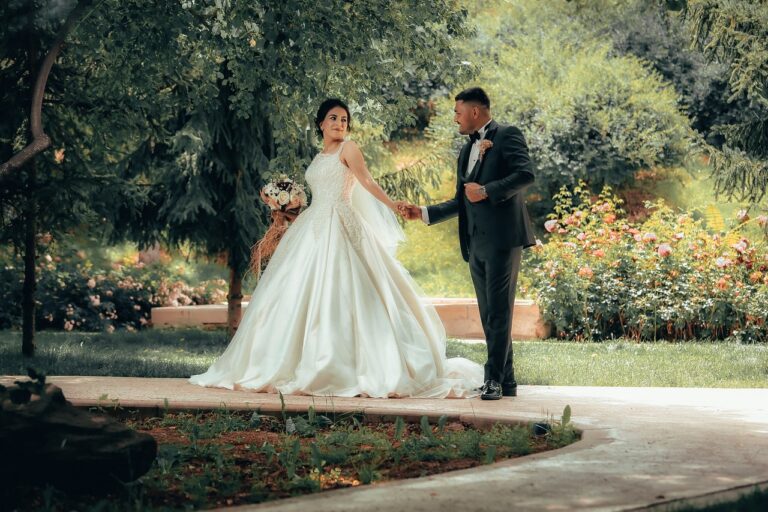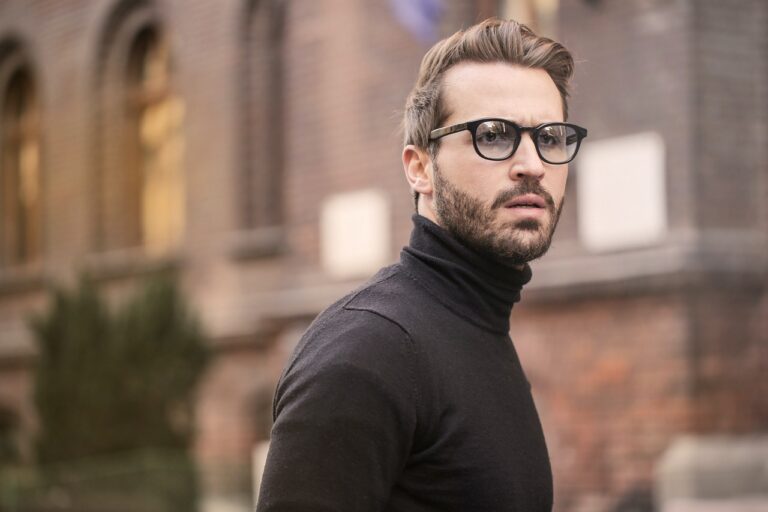Exploring Fashion Subcultures of the 21st Century
The origins of modern fashion subcultures can be traced back to the mid-20th century when young people began to rebel against the mainstream fashion trends. These subcultures emerged as a way for individuals to express their unique identities and beliefs through clothing, hairstyles, and accessories. From the punk movement of the 1970s to the grunge scene of the 1990s, each subculture brought with it a distinct style that reflected the attitudes and values of its members.
Music, art, and social movements have all played a significant role in shaping the development of fashion subcultures. Influential bands and artists often became the face of these subcultures, with their distinctive fashion choices inspiring fans to emulate their looks. As subcultures gained popularity, they began to influence mainstream fashion trends, blurring the lines between the alternative and the mainstream. The evolution of modern fashion subcultures continues to be a dynamic and ever-changing landscape, with new movements constantly emerging and reshaping the fashion industry.
Influence of Social Media on Fashion Subcultures
Social media platforms have played a pivotal role in shaping and popularizing various fashion subcultures in recent years. The speed and reach of social media have enabled individuals to connect and share their unique styles with a global audience instantaneously. As a result, fashion subcultures that were once niche and localized have now garnered widespread attention and participation.
Furthermore, social media has provided a platform for individuals to discover and draw inspiration from diverse fashion subcultures around the world. By following influencers and communities that align with their interests, users can explore new styles, trends, and aesthetics that may have been otherwise inaccessible to them. This exchange of ideas and perspectives has contributed to the blurring of traditional fashion boundaries and the emergence of innovative and hybrid subcultures that reflect the diversity and dynamism of contemporary fashion.
What are some examples of modern fashion subcultures?
Some examples of modern fashion subcultures include streetwear, goth, grunge, and hypebeast.
How has social media impacted fashion subcultures?
Social media has greatly influenced fashion subcultures by allowing individuals to easily connect with like-minded individuals, share inspiration, and discover new trends.
What role do influencers play in shaping fashion subcultures on social media?
Influencers play a significant role in shaping fashion subcultures on social media by showcasing their personal style, promoting brands, and setting trends that are often followed by their followers.
Can social media help smaller fashion subcultures gain visibility?
Yes, social media can help smaller fashion subcultures gain visibility by providing a platform for individuals to share their unique styles and connect with others who share similar interests.
How has the accessibility of social media impacted the diversity of fashion subcultures?
The accessibility of social media has allowed for a greater diversity of fashion subcultures to thrive, as individuals from all walks of life can now connect and share their unique styles with a global audience.





